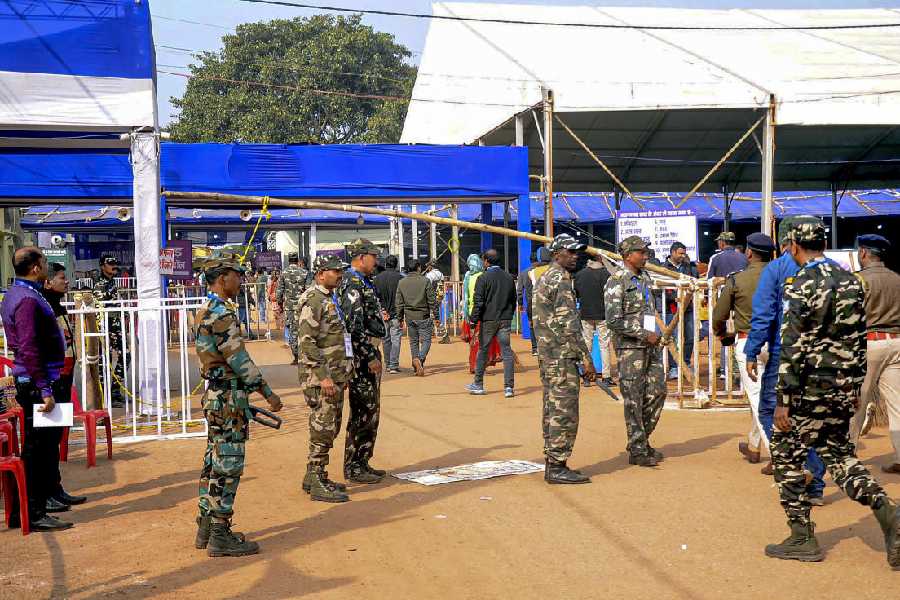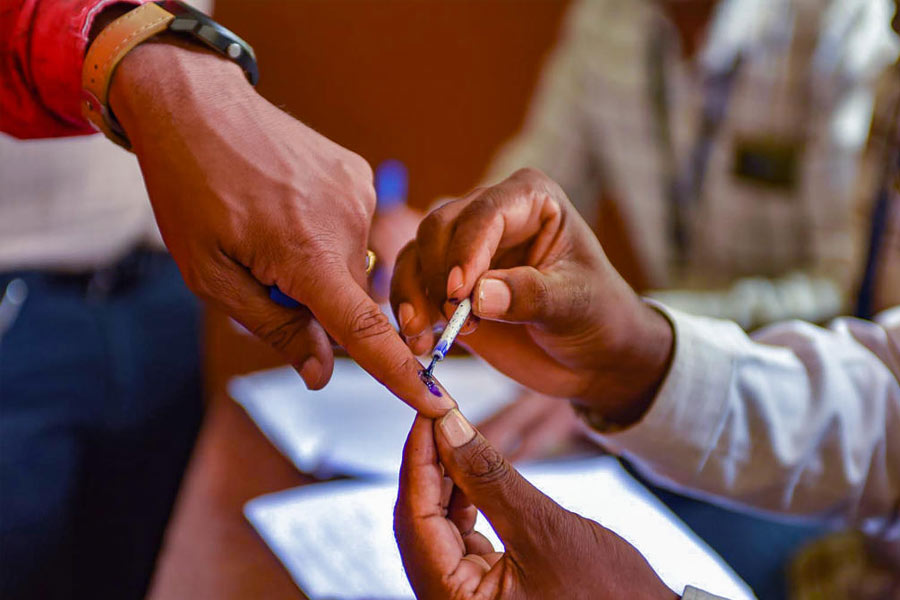Any institution that represents India’s diversity would be perceived in a positive light. Therefore, reports that the Supreme Court collegium is considering a reform of the appointment process in order to bring in more members of the scheduled castes, scheduled tribes, other backward classes, minorities and women as judges suggest a forward-looking change. Not that there have not been senior judges, even chief justices of India, from the largest minority community, but the presence of judges from all these groups in high courts and the Supreme Court is undeniably sparse. The Supreme Court has never had a woman chief justice or a chief justice from other minority communities. Just before N.V. Ramana was appointed Chief Justice of India, the Supreme Court Women Lawyers Association had applied to the Supreme Court for more women judges at all levels. The country’s justice institutions have no gender parity. Bar associations have also been demanding that the higher judiciary be made more inclusive.
The CJI has reportedly expressed the need to include members of marginalized groups in the judiciary so that courts reflect the vast diversity of the country. Since there is no Constitutional or legislative mandate in courts equivalent to reservations, such a reform would be voluntary. It would be in line with the CJI’s ideas about modernization and the need to improve judicial infrastructure in the pursuit of access to justice and speedy justice that he had mentioned before his present appointment. His vision of sustainable and inclusive modernization includes courtrooms with disabled-friendly arrangements, waiting areas, washrooms and crèches. The most disadvantaged citizen should be able to approach the courts in a ‘barrier free-citizen friendly environment’. An inclusive judiciary would be necessary for this. No doubt the wisdom of the high court collegiums, which will recommend the names for appointment, and of the Supreme Court collegium that will select from them will put merit above all else. Merit was emphasized in the women lawyers’ application, and the Bar associations have been asking that advocates ‘of standing’ who have been practising for 10 years be considered as judges. Inclusiveness with merit, therefore, would be ideal for future appointments. The widening of the ambit for appointments may also speed up the process of filling the vacancies in judges’ posts and help in the faster delivery of justice.










